A second term for Donald Trump as president is expected to have a significant impact on currencies around the world. So what will happen to Southeast Asian currencies if the greenback strengthens in 2025?
The Power of the US Dollar
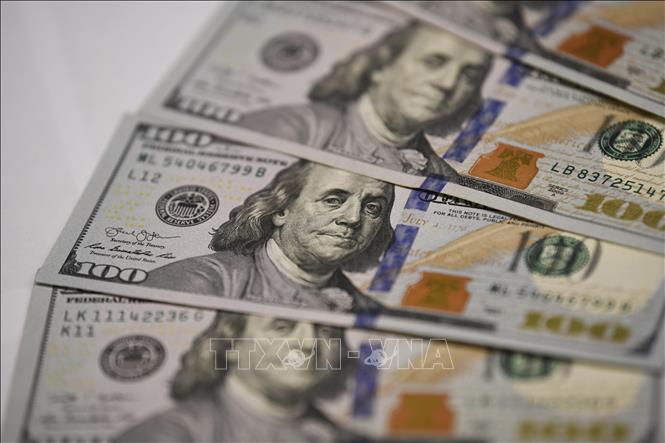
Minutes from the December 17-18, 2024, meeting of Federal Reserve officials showed that they expected to slow the pace of interest rate cuts in 2025, due to concerns about persistently high inflation and other potential policy changes. Relatively high interest rates will provide momentum for the US dollar.
The dollar has been on a sustained rally since Trump won the election last November, with the dollar index (DXY) rising a whopping 8% in the final quarter of 2024, from around 100 in early October 2024 to its current level of around 108.
In terms of policy, the incoming Trump 2.0 administration is likely to extend tax cuts and increase trade tariffs on imported goods from China, Canada, and Mexico... This will lead to increased costs of goods and services in the US.
CNA (Singapore) analyzed that the US's phased tariff increase could add 0.3 percentage points to the consumer price index (CPI) in 2025. However, in a more pessimistic scenario, an immediate tariff increase after Mr. Trump takes office on January 20 could cause the US CPI to increase by at least 0.5 percentage points.
In short, Trump’s policies could reignite inflation in the US, stalling progress toward the Fed’s long-term 2% inflation target. The increased risk of inflation would therefore mean the Fed would “decelerate” its rate cuts in 2025.
The Fed's updated forecast now implies just two rate cuts through 2025, down from the previous forecast of four. Fed Chairman Jerome Powell warned that "the slower expected pace of cuts... reflects expectations of higher inflation."
The outlook for the yuan
For China, the economic outlook for 2025 remains bleak. Despite the massive stimulus package from September 2025, debt restructuring in China’s real estate sector remains challenging as domestic retail consumption has yet to pick up significantly.
Economists are also concerned about the trade tariffs that Mr. Trump is about to impose on China. As a result, CNA lowered its forecast for China’s gross domestic product (GDP) in 2025 by 0.3 percentage points to 4.3%.
Recognizing the difficulties facing the Chinese economy, authorities have suggested that Beijing should pursue a loose monetary policy to support the economy. As a result, CNA expects the yuan (CNY) to continue weakening against the USD, from the current 7.3 CNY/USD to 7.6 CNY/USD by the third quarter of 2025.
Southeast Asian currencies
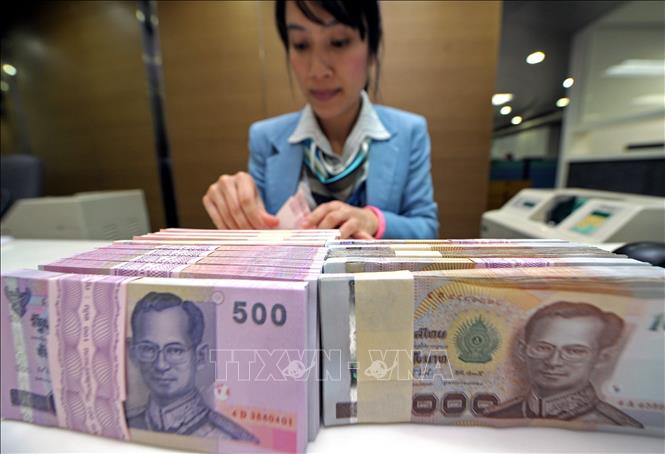
By 2025, the economies of the Association of Southeast Asian Nations (ASEAN) member countries will be affected by the upcoming US tariffs and China's economic situation.
During Trump’s first term, when higher tariffs were imposed on Chinese imports in early 2018, ASEAN exports fell over the next two years. Given the importance of trade to ASEAN, the decline in exports led to a weakening of local currencies.
History is likely to repeat itself in 2025. Therefore, CNA predicts that in 2025, ASEAN currencies may fall into a state of weakness, including the Malaysian ringgit, Thai baht, Indonesian rupiah, and Singapore dollar.
In a scenario where the CNY continues to weaken to 8.0 CNY/USD, it could trigger a currency devaluation across ASEAN.
However, there are some bright economic colors to look forward to for ASEAN in 2025. These positives include strong foreign direct investment flows from the US and China into ASEAN, robust intra-regional trade, record central bank reserves, buoyant domestic spending, and vibrant regional tourism.
ASEAN currencies may weaken in 2025, but there is ample monetary and fiscal policy support to mitigate any disruptive volatility, while strengthening the safe-haven status of regional economies.
Overall, the global outlook for 2025 is one of a stronger US dollar and a risk of further weakness in the renminbi. As a result, the Singapore dollar, along with many ASEAN currencies, is poised for a weakening scenario throughout 2025. Given the increased risks and volatility in 2025, investors and businesses should hedge against the strength of the US dollar and limit borrowing in the currency.
According to VNA
Source: https://doanhnghiepvn.vn/quoc-te/kich-ban-nao-cho-cac-dong-tien-o-dong-nam-a-khi-usd-but-pha-trong-nam-2025/20250109083329795








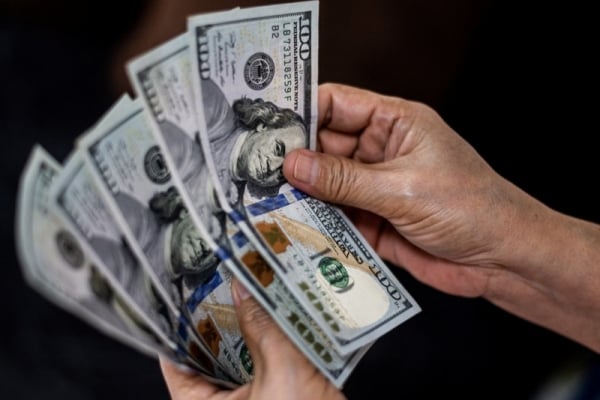





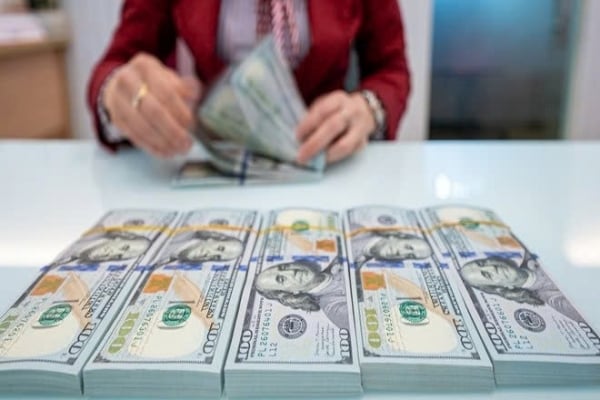
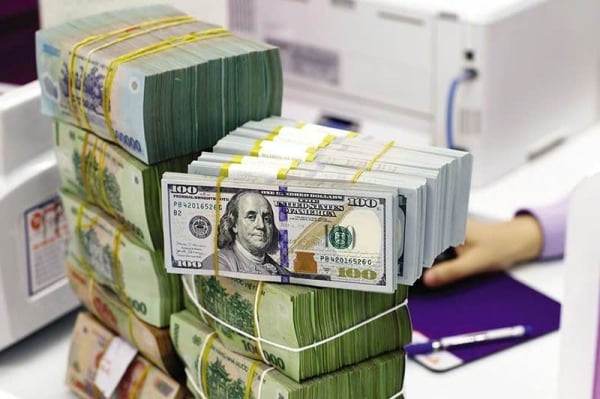















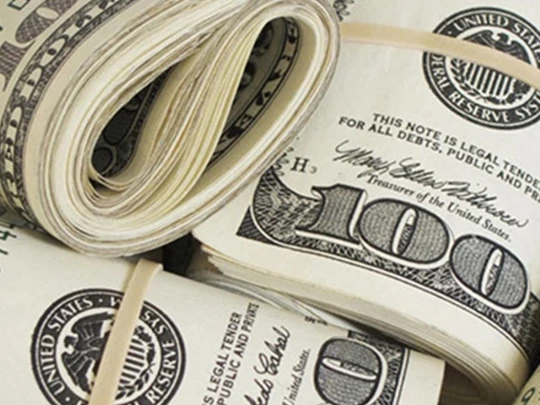


































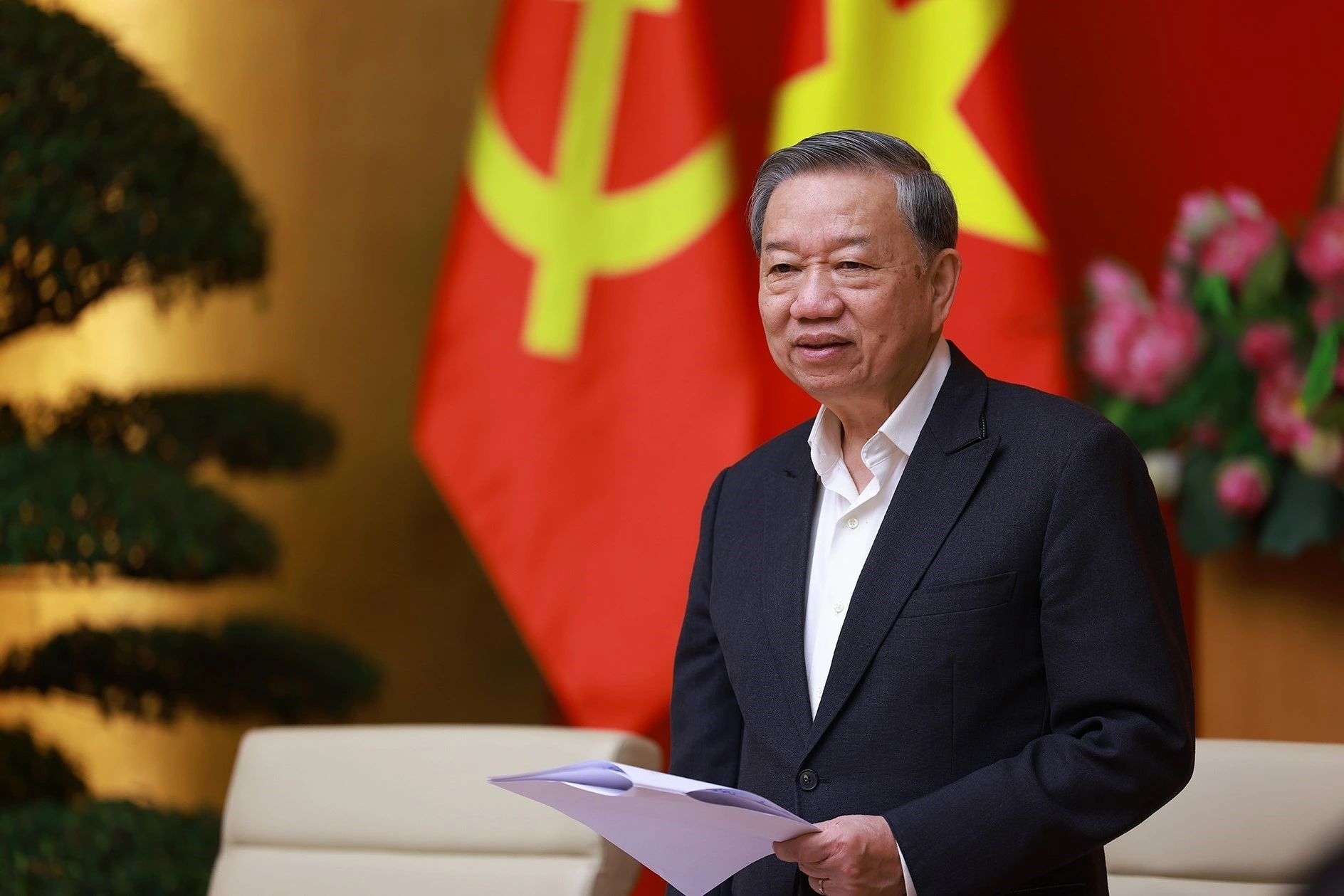




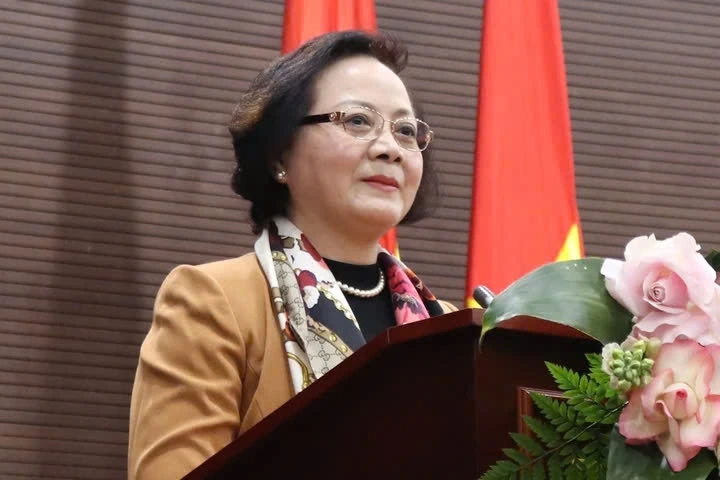












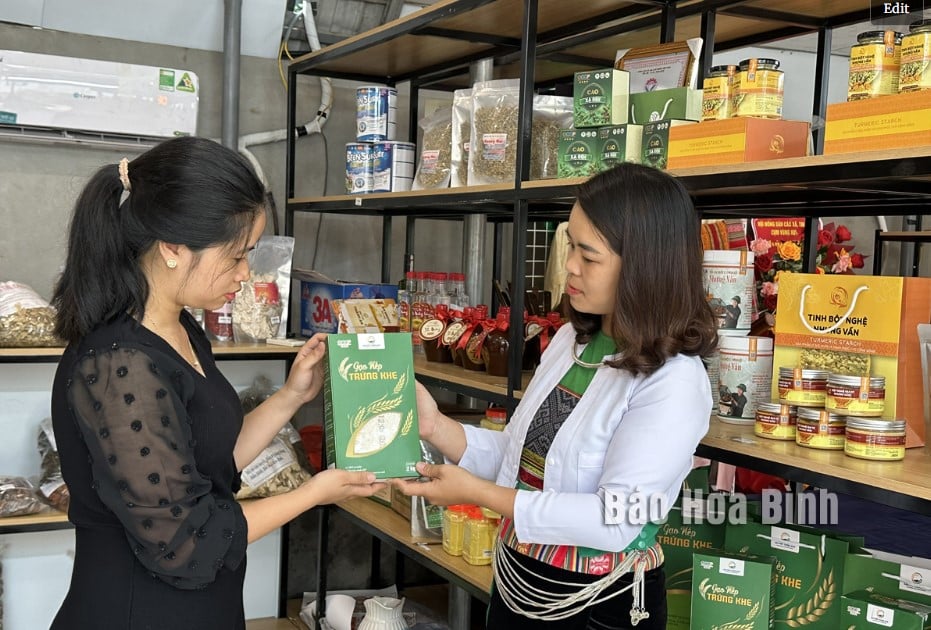

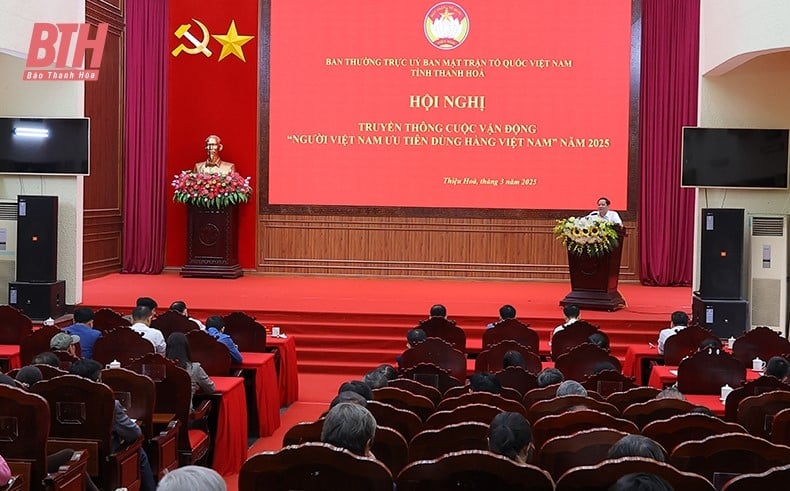





Comment (0)